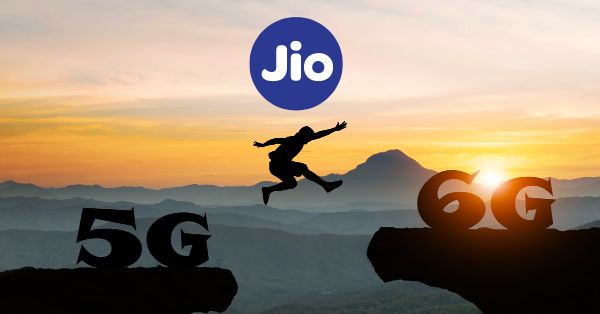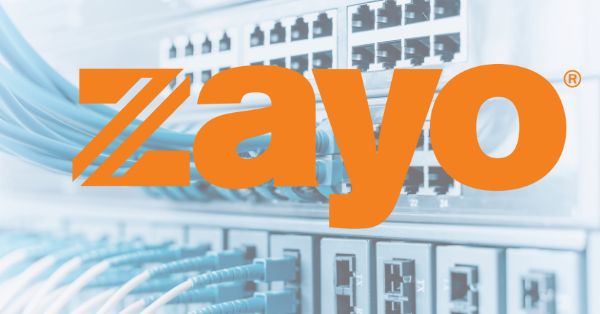Setting the 6G Benchmark Jio Platforms is set to soar in the world of telecommunications, as Mukesh Ambani confidently proclaims it will be the world’s pioneering entity to harness 6G capabilities. The statement, which was a highlight of Reliance Industries’ 46th annual general meeting, indicates that Jio is not just aiming for leadership in India but globally.
A Shift from Telecom to Tech Under Ambani’s leadership, Jio Platforms is undergoing a transformation. While it began as a telecom operator, its aspirations now touch the sky of global tech innovations. Ambani indicated that their vision goes well beyond the Indian territory, aiming to export their home-grown technology stack, thus rebranding as a global tech leader. This stack is designed for smoother integration with other global vendors with 4G and 5G equipment.
Jio’s Impressive 5G Journey Ambani didn’t just talk about the future but also celebrated Jio’s 5G achievements. With a rollout powered by its in-house developed 5G tech stack consisting of standalone 5G architecture, network slicing, carrier aggregation, and advanced Artificial Intelligence/Machine Learning (AI/ML) capabilities. Collaboration with technology vendors like Nokia, Ericsson, and Samsung underlines Jio’s commitment to delivering quality. And the results are evident. Within nine months, Jio’s 5G services have reached a whopping 96% of India’s census towns. A nationwide coverage by December will mark this as one of the swiftest large-scale 5G rollouts globally.
AI Innovations on the Horizon Ambani’s ambitions don’t end at 6G. He revealed plans for Jio to introduce cutting-edge AI systems for the Indian populace, hinting at innovations similar to ChatGPT. The aim? Making AI accessible “to everyone, everywhere.” With a spotlight on Generative AI, Jio is gearing up to support and nurture talent and capabilities. Recognizing the immense potential of India’s talent, data resources, and scale, Ambani stressed the critical role of a sturdy digital infrastructure. Addressing the computational demands of AI, he confirmed RIL’s goal to establish “2000 MW of AI-ready computing capacity,” balancing between cloud, edge locations, and environmental responsibility.
A Bright Horizon for Jio As Jio strides confidently towards its 6G goals, the future looks incredibly promising. With an impressive 5G journey behind them and a vision for AI that is inclusive and expansive, Jio is not just setting benchmarks — it’s aiming to redefine them.
































